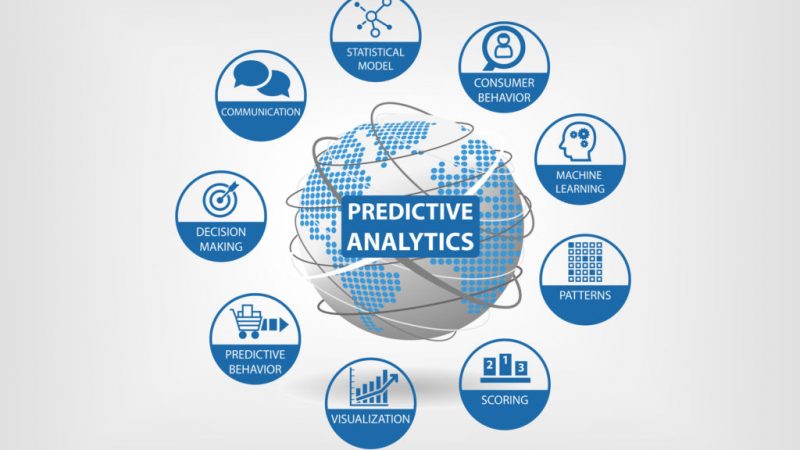April 30, 2018
How Social Media can Drive Predictive Analytics

Social media is a treasure chest of data that you can use to drive business and increase sales. There is a multitude of metrics across hundreds of platforms that you can collect depending on your audience and industry. Every company is different when it comes to the exact numbers that they value, but the methods remain the same.
Predictive analytics can be tied deeply to social data because the audience is the one informing of market trends.

Business no longer drives product development so much as customer needs and wants. Therefore, it’s important to understand what predictive analytics is and how you can use social data to make informed business decisions.
What is Predictive Analytics?
In short, predictive analytics describes a set of tools and methodologies used to optimize resource allocation and increase positive outcomes. It uses historical data, algorithms, and machine learning to make marketing and sales strategies as effective as possible. It’s a means of going beyond guessing what will happen with product development by providing the best assessment—even before a product launch.

81% of the population in the United States uses social media and 2.34 billion people use it worldwide. Social media drives predictive analytics not only for the sheer volume of people involved (easier to spot trends) but because people are displaying their behavior openly for analysis. Here are a few ways in which the platforms can help a business make more informed decisions.
Direct Referrals
You can’t drive or track conversions without referrals and social media is the prime catalyst for collection. Using thought-provoking content that creates value for your audience is the best way to drive traffic back to your site. From there, you can study user behavior to make further business choices.
Multi-Channel Marketing
Social media builds a bridge with your customers. People can contact a business in several ways, so it’s important to recognize that metrics can be collected across a variety of channels. Building a relevant customer experience not only creates brand continuity, it connects social sites to produce a wider array of data. A business can then use this insight for things like product development and marketing strategies.

Content Performance
Campaign and content analytics can give an organization a more focused idea of what aspects of social media are impacting revenue. By establishing conversion goals and assigning them a dollar value, you can tell which social actions are promoting the most business. This allows a business to quickly shift efforts to what is working, over what is not.
Business Improvement
In digital marketing, a customer-centric approach is always a good start. To maintain a competitive edge, it is critical that a business efficiently responds to customer needs.

Local communications giant Verizon analyzed a years’ worth of customer feedback and then used that data to engineer 85% of new features in a product release. The social community basically designed their product. The results were a great success. This is a prime example of how social media drove progressive analytics to produce positive business outcomes.
It doesn’t have to get complicated. If you’re a small business, it’s about knowing the needs of a consumer before they do. Kind of like when you read the mind of a best friend. The closer you are to your customers, the more you’ll be informed of exactly what they want. You don’t need a crystal ball for successful predictions, you simply need to pay attention.







